Improve Your Running Form: Align Your Core
Mar 27, 2018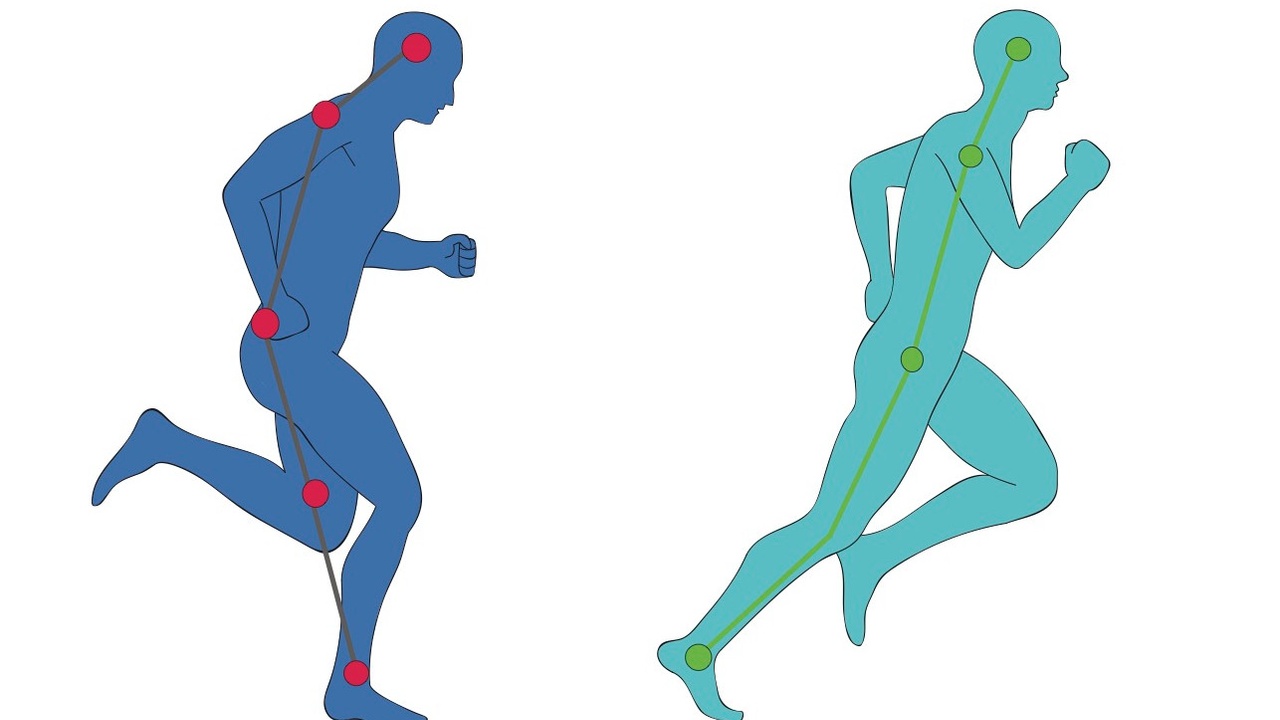
While I was on my recent book tour, I stopped at Fusion Multisport in Los Alamos, NM. There, I gave a talk on Core Running Posture. This blog re-caps some of the information that I shared.
Running requires a transfer of power between your upper and lower body. The torso, which contains the core, is the connection between these two halves. Because your core is part of this connection, its position and function determine how well you can coordinate your movements when you run. In other words, a properly positioned core will propel you down the track, road or trail with speed and efficiency.
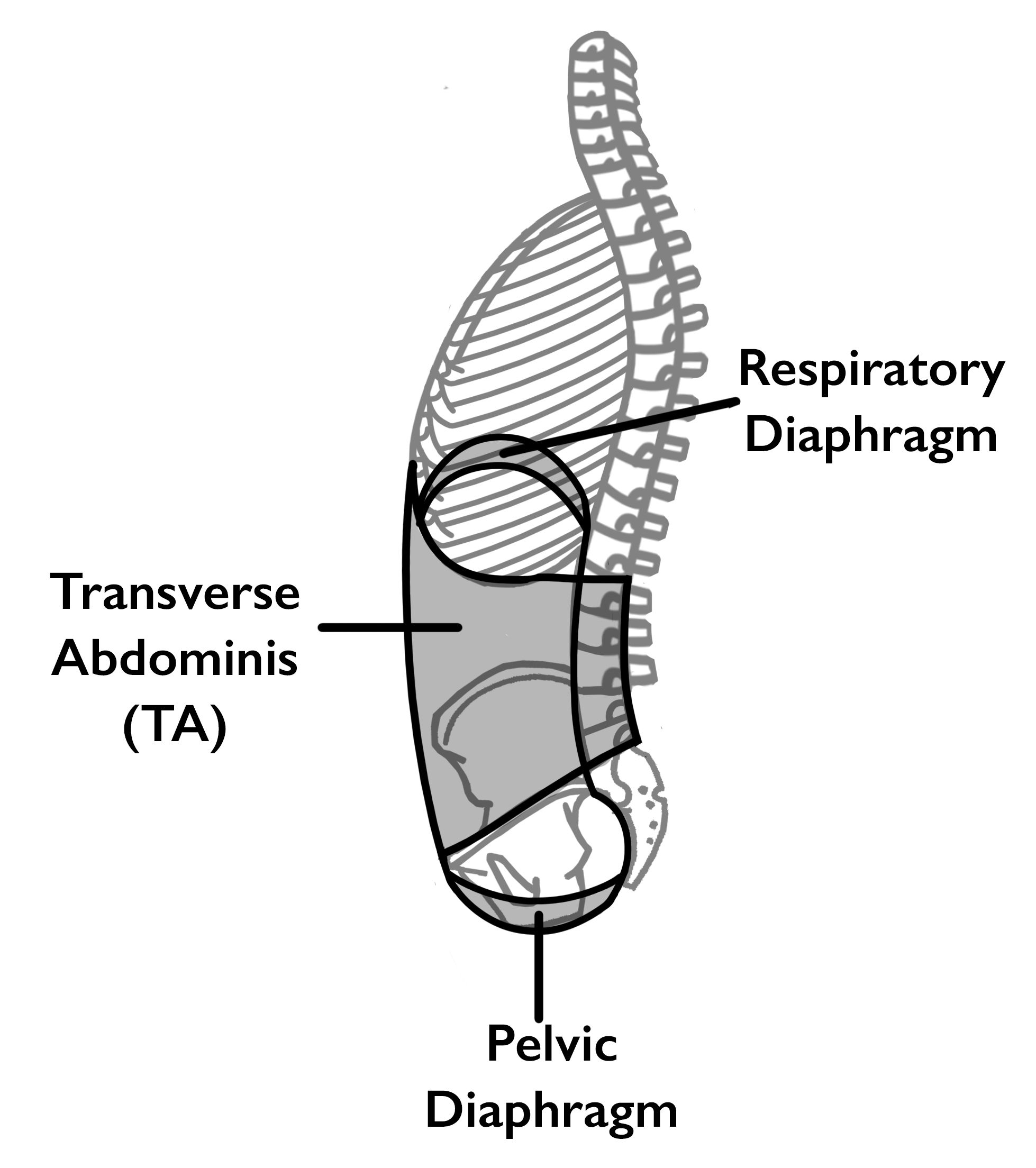 To expand, recall my definition of the core. Look at the image of the core. As you can see, the core contains the bones of the rib cage, pelvis and spine. It also contains the following muscles: the transverse abdominis (TA) and the respiratory and pelvic diaphragms. The final piece of the core, which is not pictured, is pressure.
To expand, recall my definition of the core. Look at the image of the core. As you can see, the core contains the bones of the rib cage, pelvis and spine. It also contains the following muscles: the transverse abdominis (TA) and the respiratory and pelvic diaphragms. The final piece of the core, which is not pictured, is pressure.
Core Movement
Your core should be in constant motion while you run—and always. When the body is in good alignment, the diaphragms oppose each other in their position and act together as upper and lower caps on the core.
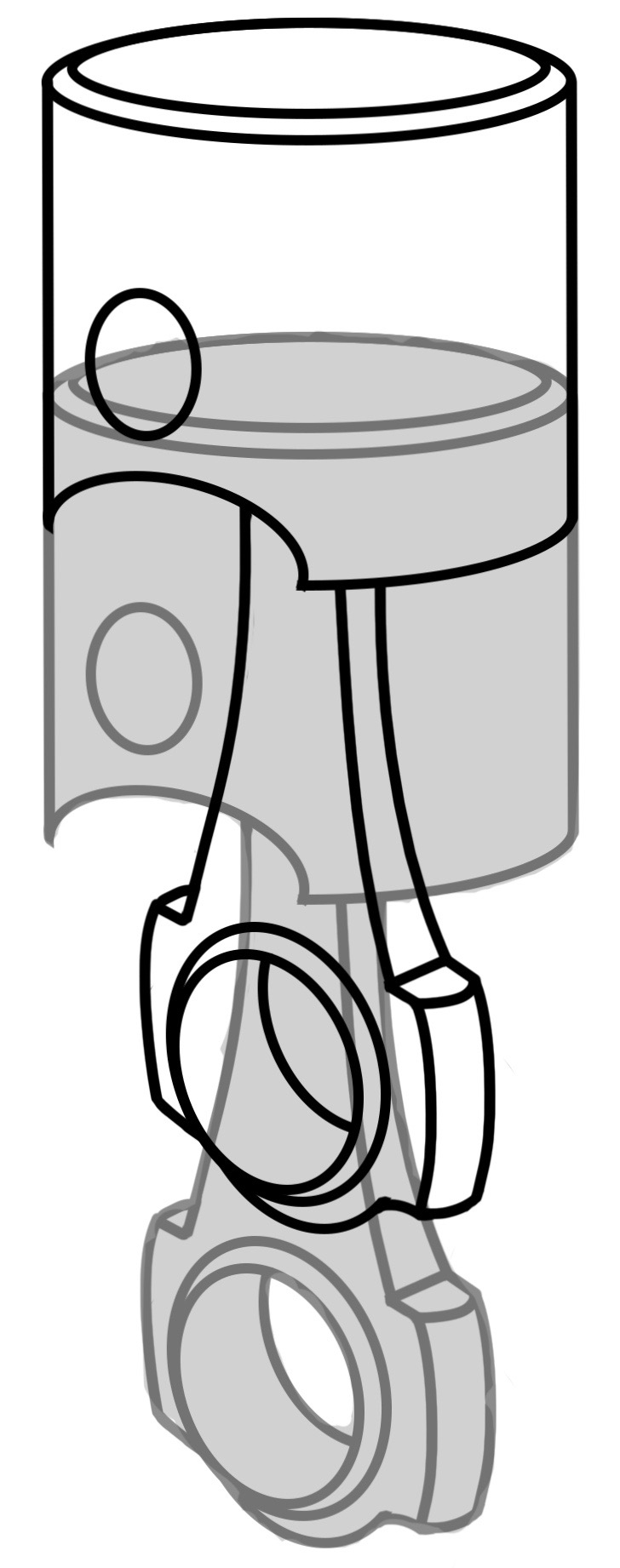
While breathing, as air comes into the body and the pressure changes within the torso, the diaphragms should oscillate up and down, bouncing in opposition to each other as the TA expands and contracts with each inhale and exhale. This creates a strong cylinder of strength in the middle of your body.
To elaborate, think about this: it's like a piston that is going up and down in your car’s motor (pictured to the left). This cycle creates strength and stability throughout your body with each step. Additionally, it allows your arms to swing freely and your pelvis to rotate from side to side so that you can load your hips as you prepare to explode into your next stride.

When you run, there should be a counter-rotation that happens between the upper and lower body. Interestingly, I searched for an hour online looking for a good picture of this to show you. However, I couldn’t find a correct image. It was shocking to see how many people are running incorrectly. Note the picture (compliments of Raulan Young, MPT, PRC). When you stand on your right leg, your pelvis should rotate to the right and the rib cage should rotate to the left. Also, the opposite should happen when standing on your left leg: the pelvis rotates to the left and the rib cage rotates to the right.
When you twist the rib cage and pelvis in opposite directions, your core and other surrounding muscles create potential energy. This energy is ready to be unleashed as you alternate between your left and right strides. Let me explain.
When you wring out a sponge, you twist the top and bottom in opposite directions to squeeze out as much water as possible, right? When you do this, you are lengthening the sponge through the middle, which helps to remove the liquid. If you then let go of the sponge from this twisted position, it springs back to its original shape. It’s the same with your body. As you rotate your upper and lower halves away from each other, the muscles through your torso lengthen. Just like the twisted sponge or rubber band that has been stretched, your muscles forcefully recoil. This brings your opposite leg and arm forward.
You may have noticed that I used the word “should” many time above in reference to body position and biomechanics. This is intentional! Actually, I have described the ideal, not the reality. Remember: I had a very hard time finding an appropriate image of good running form. The ability to generate stability in your center, counter-rotate the rib cage and pelvis, and develop potential energy across your body relies on one thing: Alignment!
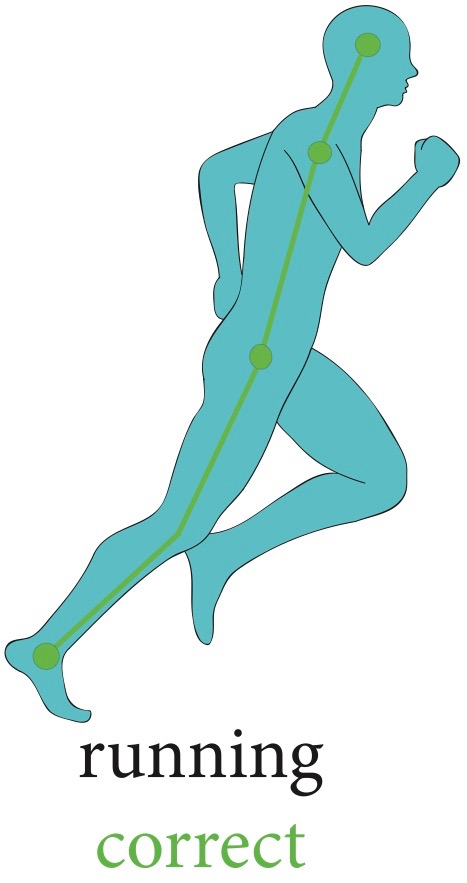
Technique Tips
There are many methods and books dedicated to running form. If you consider just a few—Chi Running, Evolution Running, Pose Method, Natural Running—you will find that they agree on the starting point for good running form: proper alignment. In my opinion, efficient running mechanics and the consequent recommendations stem from a balanced body position. Four recommendations are as follows:
- First, have a forward lean and fall
- Also, have a short stride length
- Additionally, have a high cadence ~ 180 spm
- Finally, have a non-heel foot strike
(For more specific tips on running technique, read my blog: Alexander Technique and Running.)
Note the the figure above, which shows good running position. Notice the straight line from the shoulder to the hip through the core. When you look at this core position, envision this. If you think of the rib cage as a bell, it should be positioned over a balanced, level pelvis, and the clapper (the part that rings the bell) should be positioned in the center of the pelvis (a.). If the clapper is in front of the pelvis (b.), which is a common position for athletes, the core is not strong and aligned. Instead, the chest and rib cage are lifted, the pelvis is tipped forward, and the diaphragms don’t line up with each other. Not good!
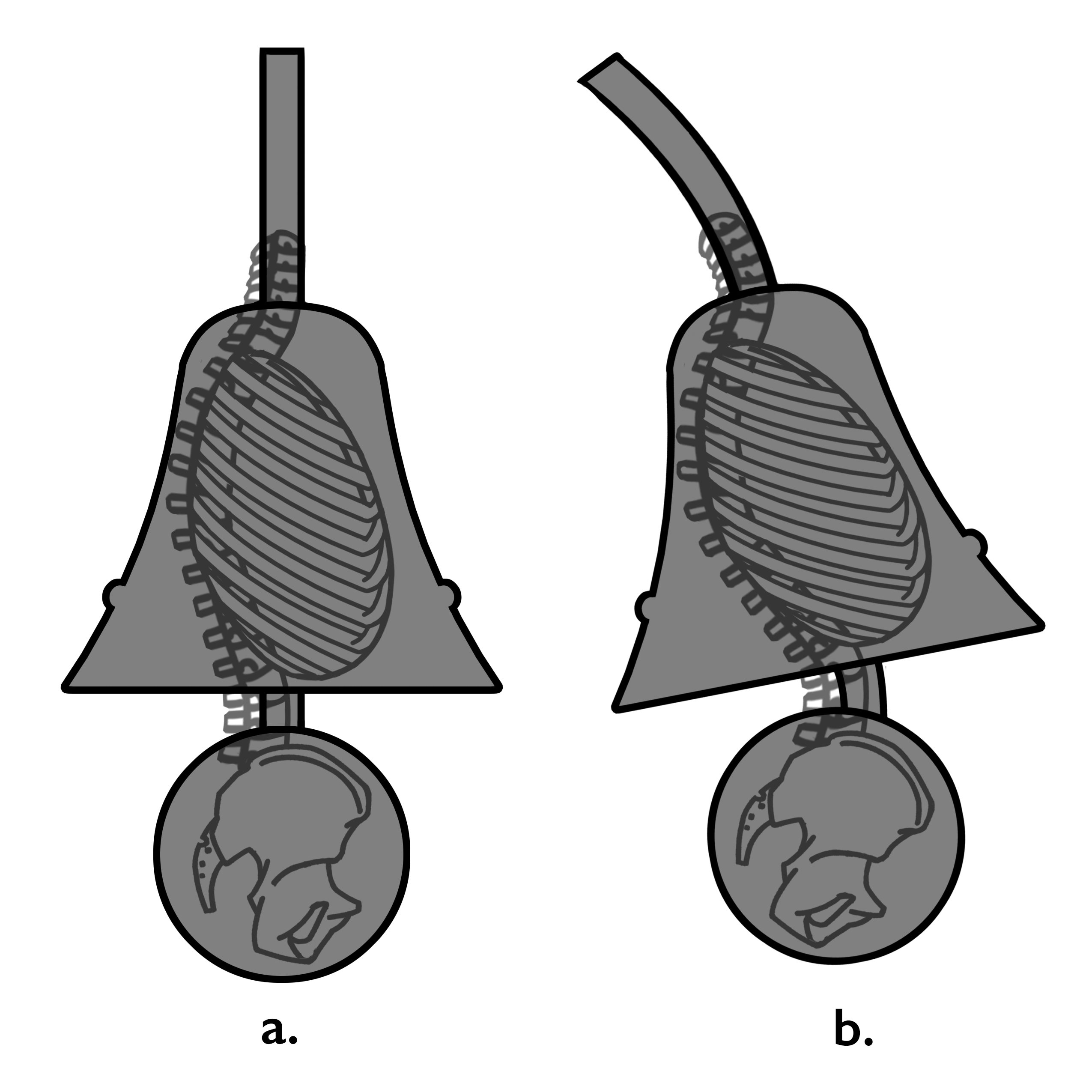
After I shared this information at the Core Running Posture presentation, Sonja experienced a positive change in her running performance.
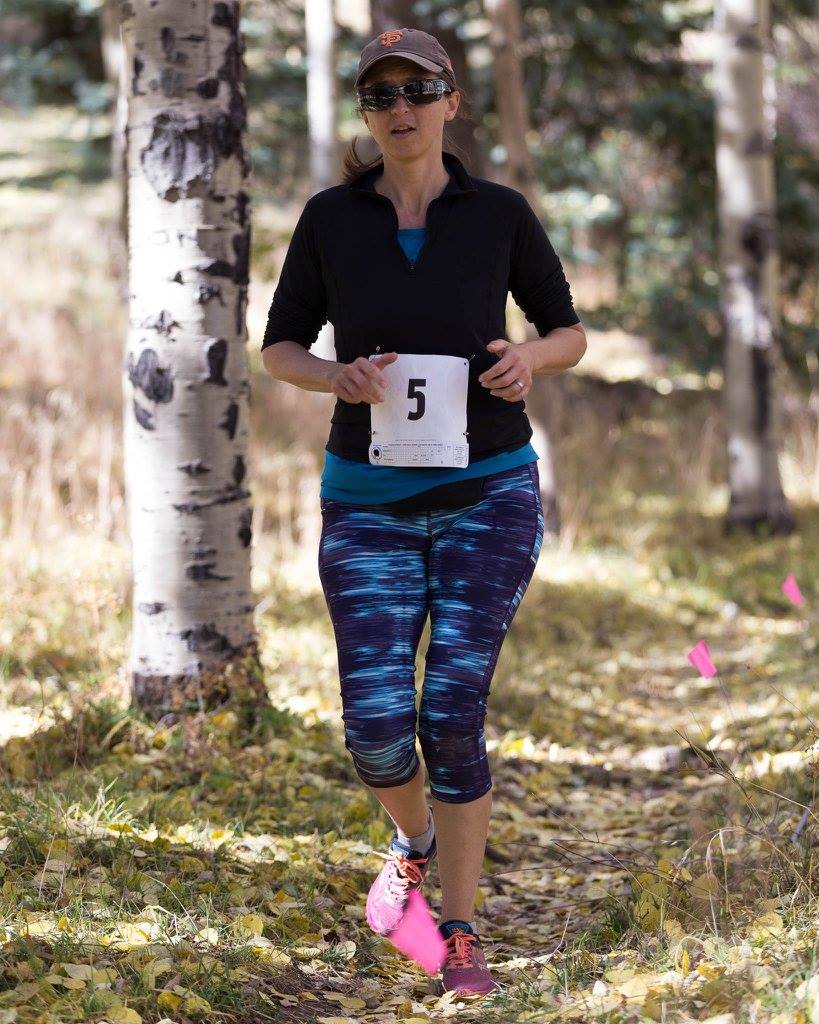
“I can take a deep breath when I run now, and am not gasping for air. My running pace is more comfortable, and I am able to continue for longer with good form.”
-Sonja
Improve Your Running Form: Align Your Core
Since many runners’ posture represent (b.) in the figure above, they need to condition in the opposite direction. The back needs to be lengthened, and the abdominals need to be shortened. In order to accomplish this change, they must rotate the rib cage down in front and up in back. As a result, they will have a more aligned core.
The following are some Starting Exercises:
Blog: 3 Exercises for Upper Body Posture. Although I have labeled these exercises as being for the upper body, they are actually for the entire core, affecting both of the rib cage pelvic positions.
Book: Winning the Injury Game has exercises you can use.
WEEKLY CHALLENGE: Try the exercises from January 29 in last month’s blog, https://thepfathlete.com/blog/have-you-taken-the-weekly-challenge/.
Also, stay tuned for next month’s blog: The Best Exercise You Can do for Running Efficiency, where I’ll present exercises to improve your ability to counter-rotate between the rib cage and pelvis. You’ll also learn how to load your hips efficiently, which, as a result, will improve your running power.
If you have questions, please Contact Me. When you do, we can have a free consultation!
Stay connected with news and updates!
Join our mailing list to receive the latest news and updates from me.
Don't worry, your information will not be shared.
We hate SPAM. We will never sell your information, for any reason.

